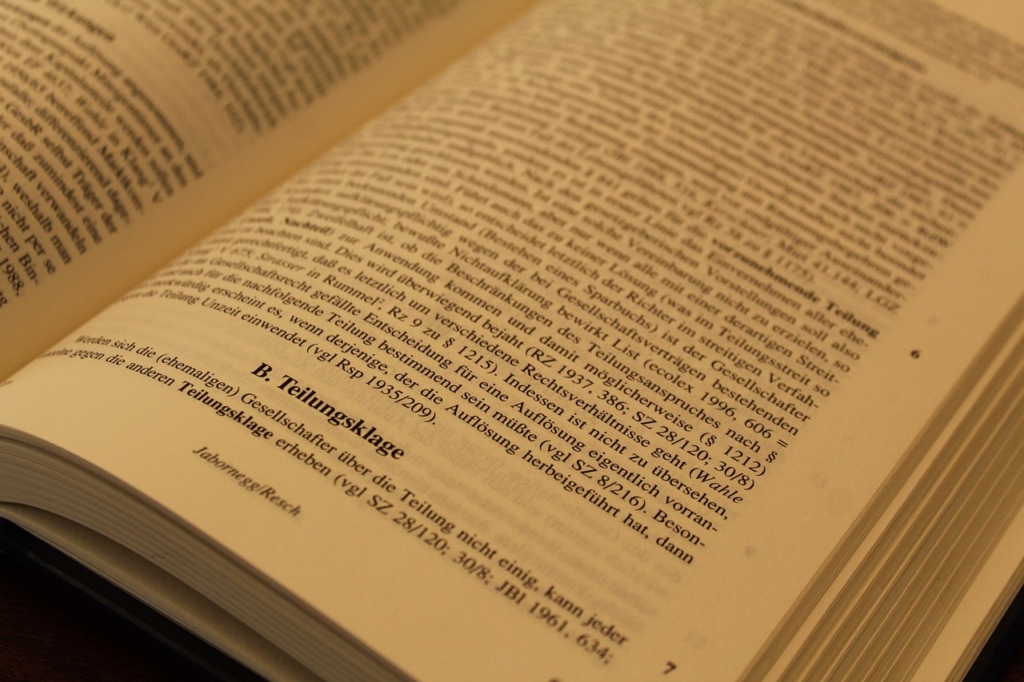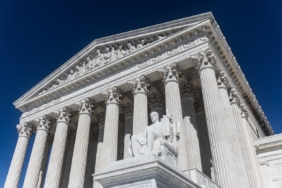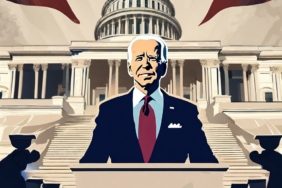The Supreme Court’s recent decisions have showcased two different perspectives on executive power, offering insights into the balance between presidential authority and regulatory limitations.
Presidential Immunity vs. Regulatory Constraints
The Court’s conservative majority granted former President Donald J. Trump immunity from prosecution, emphasizing a belief in freeing presidents from legal constraints. Simultaneously, the same justices curtailed the power of executive agencies to enforce regulations that could impact business profitability.
Conservative Legal Movement’s Perspective
The conservative legal movement, despite advocating for expanded presidential powers, also seeks to restrict regulatory agencies within the executive branch. This movement perceives presidential authority positively, while viewing regulatory oversight negatively.
Impact on Regulatory Agencies
The rulings issued by the Supreme Court will make it more challenging for administrative bodies to implement regulations safeguarding areas such as environmental protection, consumer safety, and financial transparency. This shift reflects a broader ideological stance on the role of government in overseeing various sectors of society.
Historical Context
The debate over executive power and regulatory authority dates back to the Great Depression and the New Deal era. During this period of economic upheaval, it became evident that Congress alone could not effectively regulate the increasingly complex facets of the economy, leading to the establishment of regulatory agencies.


















